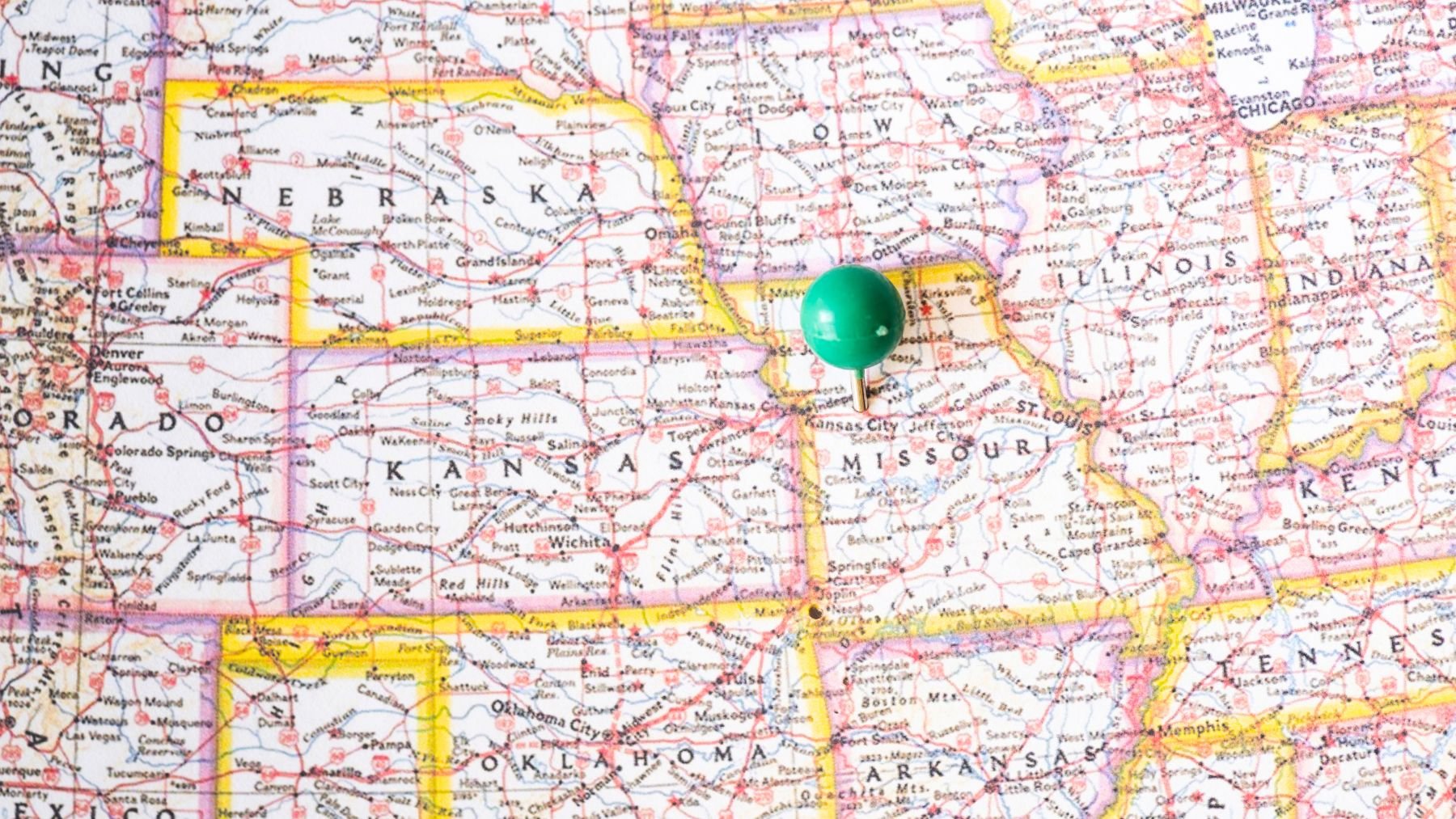A new map highlights what millions of older Americans already know: in most states, living on Social Security alone just doesn’t cut it. But in a handful of places, retirees can still make ends meet without dipping into savings or picking up side work.
The analysis, published by Realtor.com, compared median Social Security benefits in each state with the Elder Economic Security Standard Index, a measure of basic living costs for older adults. The results show only 10 states where benefits alone cover the cost of living. Everywhere else, retirees face annual shortfalls that can add up to thousands of dollars. Here’s where Social Security stretches the farthest.
The best states for living on Social Security
According to the report, the states where retirees can live comfortably on Social Security alone tend to share a few traits: low housing costs, modest property taxes, and affordable utilities. In these places, the average retiree spends about $510 a month on housing, compared with nearly $933 in higher-cost states. That difference can mean the gap between a budget surplus and a painful shortfall.
Delaware tops the list as the most affordable state for retirees living solely on Social Security. There, median monthly benefits of around $2,139 exceed living costs of $1,992, leaving a small but meaningful annual surplus of $1,764. It’s a rare bit of good news for seniors in today’s economy, and a reminder of how far local cost differences can go.
Indiana ranks second, with retirees ahead by about $1,392 a year. Lower housing expenses—around $504 a month—help stretch the typical $2,016 Social Security payment. Arizona and Utah follow closely, where median benefits near $2,000 balance comfortably against housing costs in the low $500s, leaving retirees with extra cash at the end of the month.
South Carolina rounds out the top five, posting an $828 yearly surplus for those living mortgage-free. Other states where benefits still go far include West Virginia, Alabama, Nevada, Tennessee, and Michigan. In all of them, Social Security covers basic needs like housing, groceries, and health care without leaving retirees in the red.
The toughest states for retirees on Social Security
Unfortunately, most of the map tells a tougher story. In 40 states, Social Security benefits fall short of covering the essentials. And in some regions—especially the Northeast—the gap is wide. Here’s where retirees face the biggest deficits:
- Vermont: Annual shortfall of about $8,088, with monthly expenses of $2,628 and median benefits of $1,954.
- New Jersey: Retirees fall behind by roughly $7,512, with housing bills averaging $1,304 a month.
- Massachusetts: Costs exceed benefits by around $7,345, driven by housing and utility expenses.
- New York: Seniors face an annual deficit of $7,248.
- New Hampshire: Shortfall reaches $6,564, also tied to high property taxes and homeownership costs.
Even for retirees without mortgages, property taxes, insurance, and maintenance keep rising. The study found that homeownership costs have jumped 26 percent in just five years, an increase fueled less by mortgages and more by these “hidden” expenses.
For the nearly 22 million Americans who rely entirely on Social Security, the numbers are sobering. As housing costs keep climbing, even a modest monthly shortfall—around $230—can erode financial security fast.

